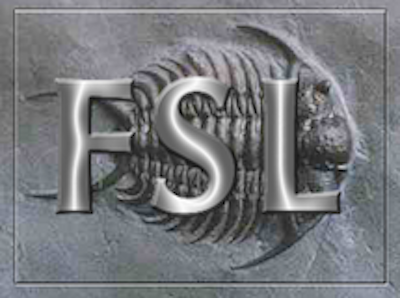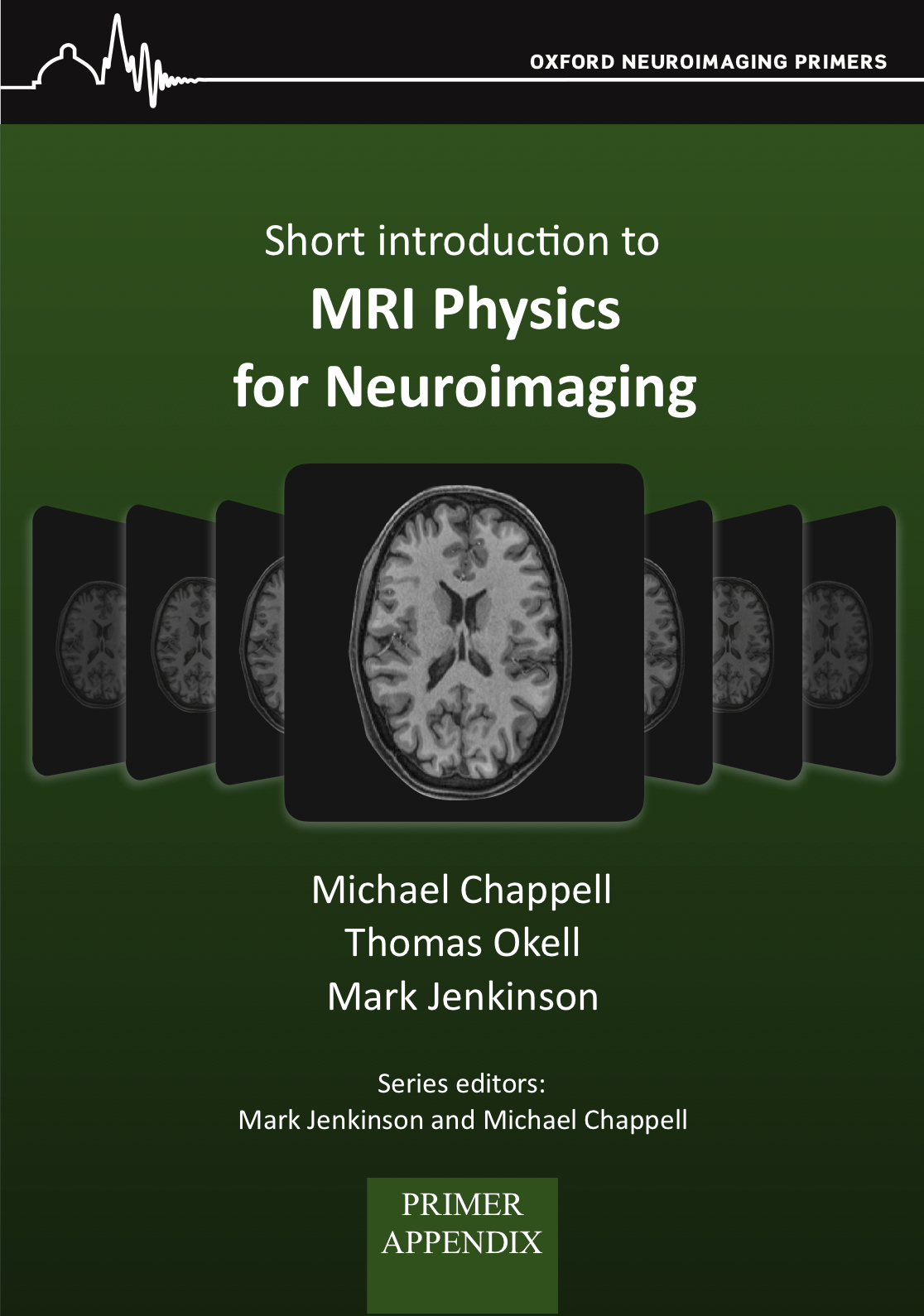Self-Study
You can use all of our online course materials to learn about FSL outside of our organised
courses.
Recommended Steps
- Install FSL (on a Windows, Mac or Linux machine) of your own machine or use an Amazon
workspace
- Work through the preparatory material
- For each section of the main course material
- Download the practical data
- Watch the set of lectures on this topic (4-7 videos each)
- Watch the practical overview video
- Work through the self-paced practical (using instructions and downloaded data)
Note that later sections often rely on earlier sections, especially registration (secton 1) and
the GLM statistics (sections 3 and 4). Therefore, please make sure you do not skip these, even
if you are just interested in the resting-state fMRI or diffusion practicals.
Course Data
All course data is provided for educational use only, not for research.
After you have installed FSL, you can download the course data by opening a terminal, and typing/pasting
in the following command (don't forget to press return after pasting in order to run the command):
fsl_add_module
It will then ask you which dataset you wish to install.
For users who would prefer to install data directly themselves, there are alternative instructions here for accessing the data.
Timing
You should allow around 2 hours to watch the lectures for each section and between 2 to 4 hours
per practical. The preparatory lecture and practicals are similar. The introduction to UNIX
should take around 2 to 3 hours to go through yourself.
Support
If you have questions at any point then start by having a look at the FSL wiki. This contains the full
documentation for each tool, and you can find detailed instructions and frequently asked
questions. If you have further questions at any point then have a look at the FSL email list, as others may have asked
the same question before. If you cannot find an answer there then please subscribe to the
mailing list and ask your own question.
Preparatory
Material
In the main sections of the course we will be
covering a lot of material. Whether you are enrolled in an organised course or you are using the
material for self-study, it is important to complete the preparatory material before attempting
the rest of the course if you are relatively new to FSL.
The preparatory material consists of:
- An introductory lecture (2 videos)
- Introduction to UNIX practicals (5 video
walkthroughs)
- It is very important to do these (including using data and running through
the exercises yourself, not just watching the video walkthroughs) if you are not
comfortable with basic UNIX (e.g. using commands like ls, cd, mv, pwd). If
you are comfortable then feel free to skip these.
- These are aimed at people with zero previous experience of UNIX or
Linux.
- Three introductory FSL practicals: Image Viewer
(FSLeyes), Brain Extraction (BET), and Command-line FSL Utils
- A scripting tutorial (optional)
Please download and install the data for the Introductory Practicals or the
Introduction to UNIX Practicals and use that on a machine with FSL installed.
In the main sections of the course it is assumed that the preparatory materials listed above
have been completed.
Chinese/English
Version
A version of the written course materials with Chinese translations of the English, as used in
the 2019 Beijing course, can be found here.
Additional Resources
For those that are entirely new to neuroimaging this course will feel like a lot of new
information at a rapid pace. Therefore, for those with little or no prior experience, we
strongly recommend the Introduction to
Neuroimaging Analysis Primer as a very useful introduction.
The Oxford
Neuroimaging Primers is a bookseries
published by Oxford University Press that contains
several short textbooks and currently includes: 'Introduction to Neuroimaging Analysis',
'Introduction to Perfusion Quantification using Arterial Spin Labelling' and 'Introduction to
Resting State fMRI Functional Connectivity'. These primers have been specifically written with
the target audience
of the FSL Course in mind.
In addition, several free short introductions (15-35 pages) that are linked to the main
primers are also available. These are aimed at a very introductory level, for those that are new
to the GLM, MRI Physics or Brain Anatomy, as we recognise that people come from a wide range of
backgrounds. Visit the Neuroimaging Primers
website to see these, and more, or click on the images below for a PDF version.
For more MRI Physics there are also additional lectures (slides only) that are available, as
presented in previous courses.
Acknowledgements
We are extremely grateful to all members of the FMRIB
Analysis Group and the FSL Course team, past and present, that have prepared material and helped
to shape the course into what it is today. What you see in this course is the combined effort of
a large number of researchers over a long period of time, and was voluntarily done on top of
their research work, in order to promote the use of FSL and make sure it is being used to its
best.








